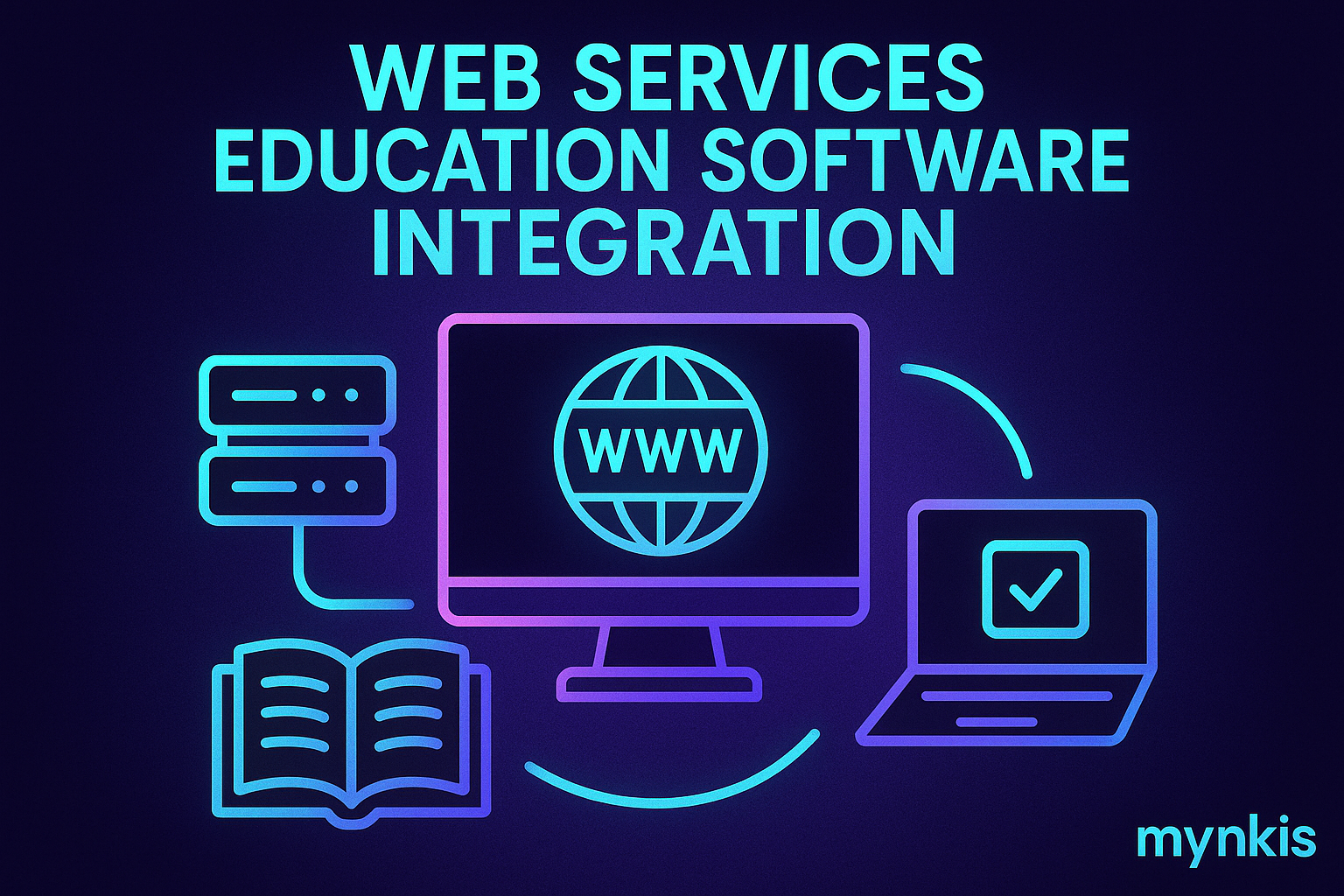Schedule a Demo
When it comes to optimizing educational platforms, the potential of web services for software integrations is absolutely transformative. I've had the privilege to witness numerous schools and universities revolutionizing their learning management systems (LMS) and websites, seamlessly weaving together various digital tools to deliver a smoother, more personalized learning experience. This journey into the world of web services unlocks a treasure trove of opportunities for streamlining educational processes and enhancing user experience, which can significantly boost search traffic optimization.
Web services are like the connectors of the internet, allowing different applications to communicate with one another without user intervention. In the realm of education, they play a critical role. From integrating LMS platforms with student information systems (SIS) to connecting with third-party educational tools, web services help deliver unified experiences to users. This seamless integration reduces administrative burdens and enhances data accuracy, making the life of faculty, administrators, and students way easier.
Imagine a world where LMS platforms like Canvas, Blackboard, or Moodle automatically sync grades, attendance, and course enrollments with the institutional SIS. That's what web services make possible. By eliminating the manual data entry tasks that were once a drain on administrative resources, educators are free to focus on what they do best - teaching. A case in point: A university in California I've worked with implemented a web service integration that halved their administrative workload. Pretty sweet, right?
Now let's talk about driving more eyes to your educational web properties. When your school or university's website integrates its various educational services through web services, it not only simplifies the user's journey but also increases the chances of your website ranking higher in search results. How? By ensuring a seamless flow of content across systems, keeping information fresh and up-to-date, and building a network of content that search engines love. A well-integrated website for educational institutions signals authority and relevance to search engines, crucial for standing out in the digital marketplace.
At the heart of all this techno-jargon is the end-user: your students, staff, and perhaps alumni. A stellar user experience (UX) can be the make-or-break factor in whether your platform's integration projects are hailed as a triumph or tanked as a disappointment. An integrated system driven by web services ensures that students don't face the dreaded login/logout cycle when switching between different educational apps. It's about creating a learning ecosystem where everything feels intuitively connected.
I know what you might be thinking—integrating web services sounds promising, but what about the challenges? Let me reassure you, the hurdles, though real, are navigable with the right approach. Data security stands out as the most pressing concern. But with robust security protocols and API management platforms, educational institutions can mitigate these risks significantly. Moreover, ensuring compatibility across different systems and a scalable architecture are crucial. Yet, with thoughtful planning and experienced partners, these challenges transform into manageable tasks.
Let's dive into some concrete examples to illustrate the success of web services in education. A well-known public university adopted a web service-driven approach to integrate its LMS with their online bookstore. The result? A smoother enrollment process where students could directly access required course materials, boosting both student satisfaction and bookstore sales. Another case involved a private college that seamlessly integrated its financial aid processing system with their student portal, drastically reducing processing times and eliminating tedious paperwork.
As we peer into the future, the role of web services in education seems destined only to grow. The advent of artificial intelligence (AI) and machine learning in education, for instance, calls for even more sophisticated integration capabilities. Institutions will leverage these technologies not only for personalized learning experiences but also for predictive analytics, scheduling optimization, and more. Additionally, with an ever-increasing focus on mobile learning, ensuring that these integrations work flawlessly across devices will be paramount.
So, you're on board and ready to dive into the world of web services integration for your educational platform. Where do you start? Here's a quick roadmap:
Remember, integration is not a one-and-done deal but a journey of continual refinement and optimization.
Any investment begs the question: How do we know if it's working? With web services integration, establishing key performance indicators (KPIs) is essential. Engagement metrics like login frequency and page views can indicate whether students and faculty are using the integrated systems more effectively. Furthermore, administrative efficiency gains, like reduced time spent on data entry, are directly attributable to integration. Don't forget to track SEO improvements to see how your institution's web presence has benefited from this streamlined approach.
To ensure the success of any web services project, engaging your community is crucial. Faculty and students who are directly affected by the changes should be involved from the planning phase. Their insights not only make for more effective integration but also foster a sense of ownership and accountability. Surveys, focus groups, and feedback loops can play significant roles in tailoring the integration to meet real-world needs.
Ultimately, web services and software integrations represent not just a technological upgrade but a step forward in educational philosophy. They underscore the importance of connectivity, accessibility, and personalization in modern education. For schools and universities looking to remain competitive and forward-thinking, investing in web services for software integration is no longer a luxury but a necessity. It's about embracing change to better serve the educational needs of today and tomorrow.
